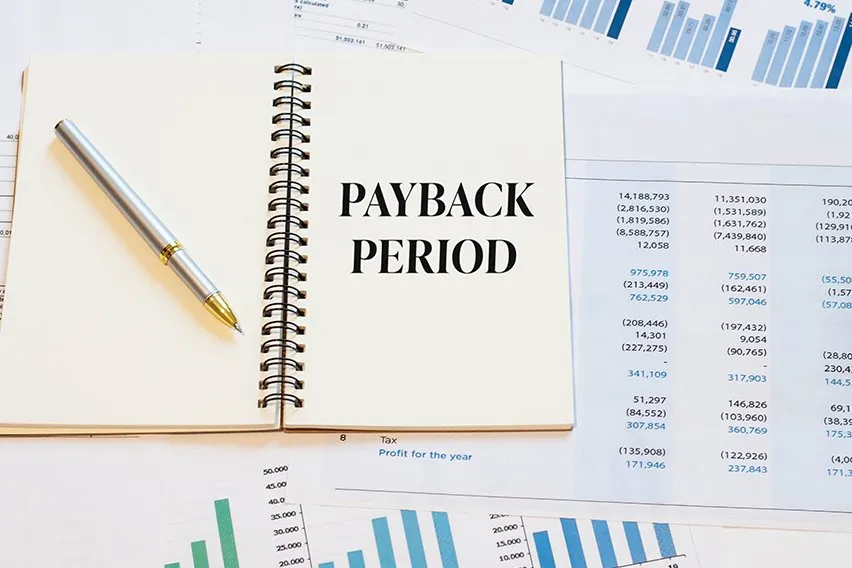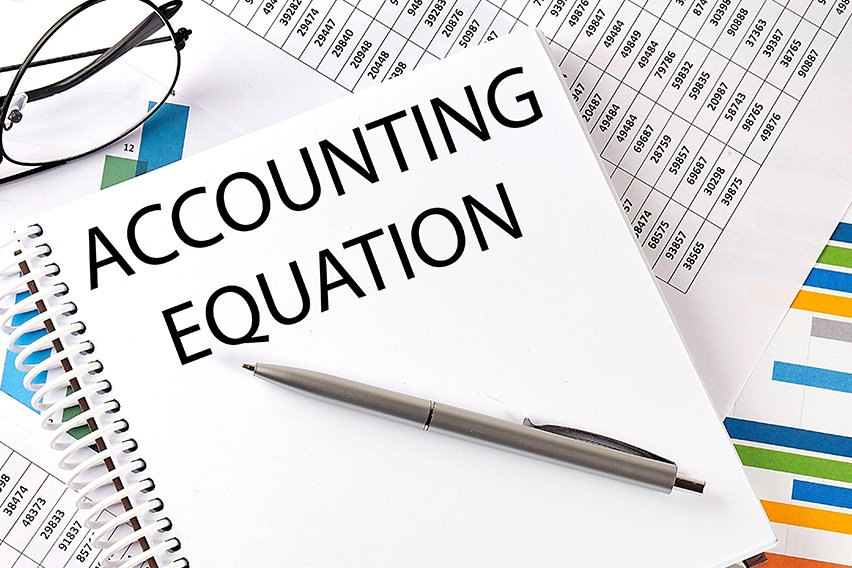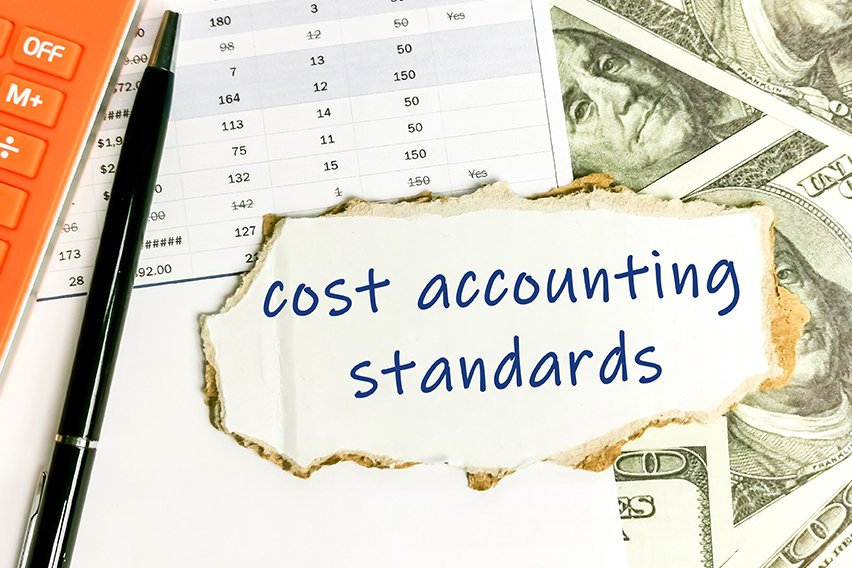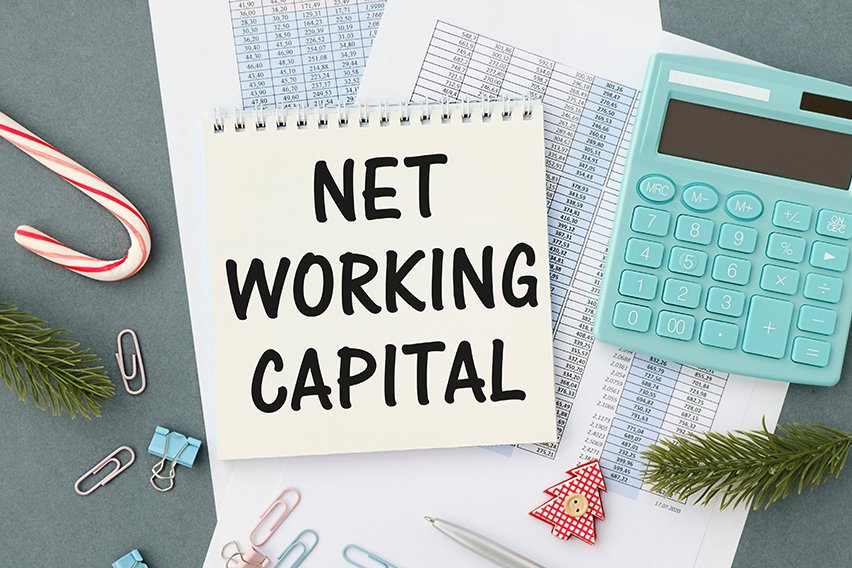What Is a Payback Period? How Time Affects Investment Decisions

The payback period is the time it will take for a business to recoup an investment. Consider a company that is deciding on whether to buy a new machine. Management will need to know how long it will take to get their money back from the cash flow generated by that asset. The calculation is simple, and payback periods are expressed in years.
Here’s What We’ll Cover:
How Do You Calculate Payback Period?
What Is an Acceptable Payback Period?
What Are the Advantages of Calculating the Payback Period?
What Are the Criticisms of the Payback Period?

How Do You Calculate Payback Period?
The formula for calculating the payback period is as follows:
Payback Period = Investment/Annual Net Cash Flow
(the answer is expressed in years)
The above equation only works when the expected annual cash flow from the investment is the same from year to year. If the company expects an “uneven cash flow”, then that has to be taken into account. At that point, each year will need to be considered separately and then added up.
Payback Period Example
Jimmy’s Jackets, based out of Cleveland, produces high quality down filled jackets for the winter season. They are extremely popular and Jimmy wants to expand his operation to include spring wear too. To do so, he will need a special machine that can exclusively manufacture this new wear. Here are the numbers:
The machine costs $720,000.
It is predicted that the machine will generate $120,000 in net cash flow every year.
Now it’s time to calculate the payback period:
Payback Period = Investment/Annual Net Cash Flow
Or
Payback Period = $720,000/$120,000
Answer: 6 years
Jimmy learns from this that it will take him 6 years to recoup his initial investment. That may be too long for Jimmy to tie up his money, and maybe he’d rather spend the money on other resources.
Let’s say the net cash flow amount is expected to be higher, say $240,000 annually. This means it will only take 3 years for Jimmy to recoup his money. In that case, then Jimmy might have an easy decision to make.
What Is an Acceptable Payback Period?
The shortest payback period is generally considered to be the most acceptable. This is a particularly good rule to follow when a company is deciding between one or more projects or investments. The reason being, the longer the money is tied up, the less opportunity there is to invest it elsewhere.
What Are the Advantages of Calculating the Payback Period?
The advantages of calculating the payback period are:
Simplicity
The main advantage is its simplicity. The payback period method is particularly helpful to a company that is small and doesn’t have a large amount of investments in play.
Assessing Risk
The second advantage is that of risk comparison. By calculating how fast a business can get its money back on a project or investment, it can compare that number to other projects to see which one involves less risk. The longer an asset takes to pay back its investment, the higher the risk a company is assuming.

What Are the Criticisms of the Payback Period?
As mentioned, the payback period is a very simple calculation. However, it does have its drawbacks, as there are many factors the payback period does not take into consideration in its equation. The problems are related to:
Incorrect Assumptions
What if the cash flow expectations are wrong? Or the numbers suddenly start fluctuating downwards from year 3 on? What if the machine needs unexpected upgrades? It will then take longer to get back the investment.
Lifespan of an Asset
Take the new machine acquired by Jimmy’s Jackets. What if the lifespan of the machine is only 3 years? Then Jimmy’s got a problem. He’ll have no sooner finished paying off the machine, then he will have to buy another one. Perhaps in his case the profit might be worth it, depending on what else is going on in his business. However, it’s likely he would search out another machine to buy, one with a longer life, or shelf the idea altogether.
Additional Cash Flows
The equation does not calculate cash flows in the years past the point where the machine is expected to be paid off. It’s possible those cash flows will be higher than the previous years.
Profitability
The equation doesn’t take into account profitability. Previously we mentioned that companies look for the shortest payback periods. This is so the money is not tied up for too long and management can reinvest it elsewhere, perhaps in additional equipment that will generate more profit. But what if the machine for Jimmy’s Jackets will no longer be profitable past 3 years? Then maybe it’s not worth the investment at all.
The Whole Operation
The equation doesn’t factor in what’s happening in the rest of the company. Let’s say the new machine, by itself, is working wonderfully and operating at peak capacity. But perhaps it’s a huge draw on the plant’s power, and its affecting other systems. Perhaps other machines need to be shut down for extended periods in order to allow this new machine to produce. Or maybe there’s something else going on at the plant that prevents it from functioning properly. Then the expected cash flow won’t be realized.
Capital Expenses
A large purchase like a machine would be a capital expense, the cost of which is allocated for in a company’s accounting over many years. No such adjustment for this is made in the payback period calculation, instead it assumes this is a one-time cost.
The Time Value of Money (or Net Present value)
Let’s say Jimmy does buy the machine for $720,000 with net cash flow expected at $120,000 per year. The payback period calculation tells us it will take him 6 years to get his money back. When he does, the $720,000 he receives will not be equal to the original $720,000 he invested. This is because inflation over those 6 years will have decreased the value of the dollar. No such discount is allocated for in the payback period calculation. This means that it will actually take Jimmy longer than 6 years to get back his original investment.
The time value of money is an important consideration for a business. For instance, if Jimmy can make 10% return on his money at no risk, every year for the next 6 years, and the machine investment will not allow him to make more than that, then Jimmy would be wise to spend his money elsewhere.
RELATED ARTICLES

 What Is the Accounting Equation?
What Is the Accounting Equation? Cost Accounting Standards: They’re Policy for Government Contracts
Cost Accounting Standards: They’re Policy for Government Contracts How to Balance a Checkbook?
How to Balance a Checkbook? How to Calculate Net Sales?
How to Calculate Net Sales? What Is Net Working Capital? With Definitions and Formulas for Small Business
What Is Net Working Capital? With Definitions and Formulas for Small Business How To Calculate Gross Profit: Formula and Example
How To Calculate Gross Profit: Formula and Example